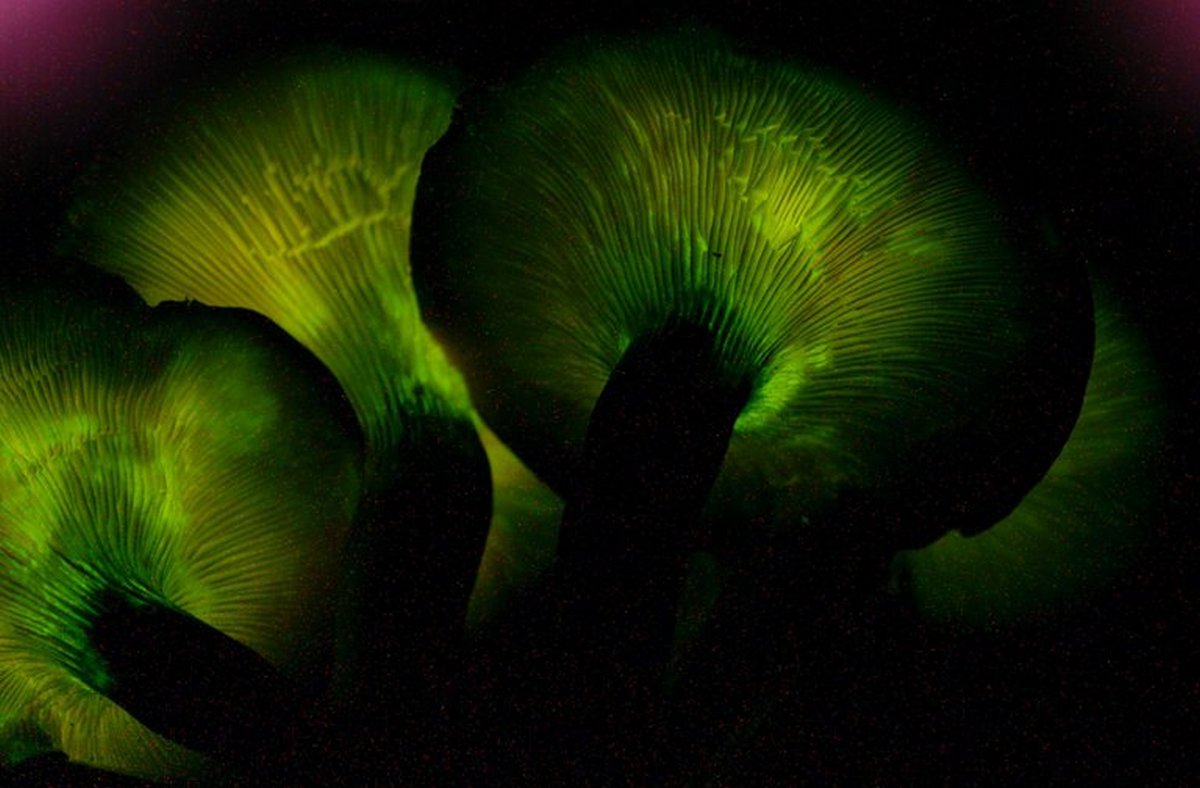A new variety of mushroom has been found in the state of Meghalaya in northeastern India. Nearly 600 species of bioluminescent fungi have been found in the Meghalai jungle, and because of their light-emitting nature, this species has been named Roridomyces phyllostachydis.
These fungi were first discovered in August near a stream in Mawlinnon Meghalai in the East Hassi Hills area. Soon, locals noticed the same variety of mushrooms in Crang Shura in the West Giant Hills area, and now it is among the 97 known species of bioluminescent fungi in the world!
The reason for the appearance of these “bright” fungi is a phenomenon of a living organism that emits its own light, called “bioluminescence”. This type of fungus was first discovered in India. According to scientists, bioluminescent organisms are mostly found in the ocean, so it is extremely rare for these organisms to be found on land.
Samantha Karunaratna, a senior mycologist at the Chinese Academy of Sciences, told a local newspaper: “Roridomyces are very fragile and love humid conditions. In general, bioluminescent fungi seem to have evolved along with some specific insects because these fungi attract insects to spread their spores.”
Studies show that these mushrooms grow on dead bamboo. During the day they look normal, and at night – otherworldly!

